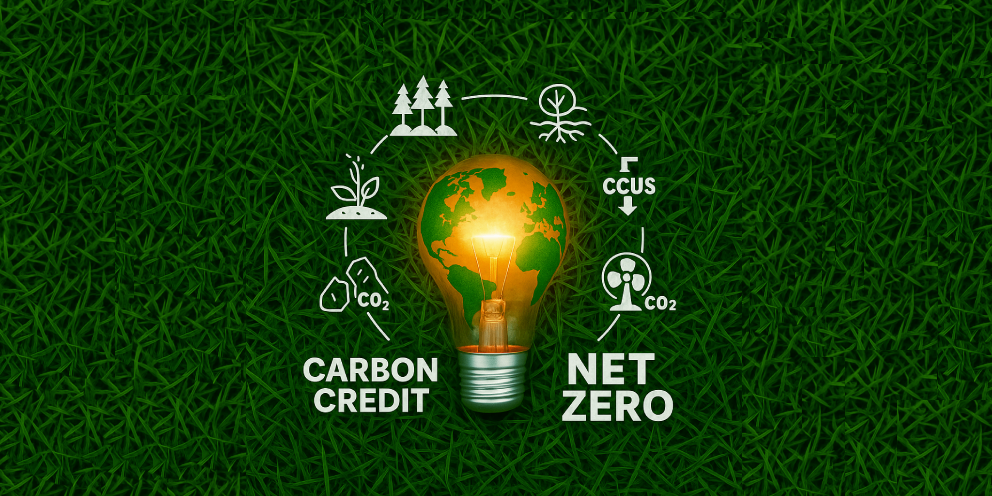Article 6 Explained: How Countries Cooperate on Climate Action
Article 6 of the Paris Agreement is reshaping how countries work together on climate action. From bilateral agreements (Article 6.2) to a UN crediting mechanism (Article 6.4), it’s opening new pathways for cooperation. But what does this really mean for countries?

.png)





.png)

